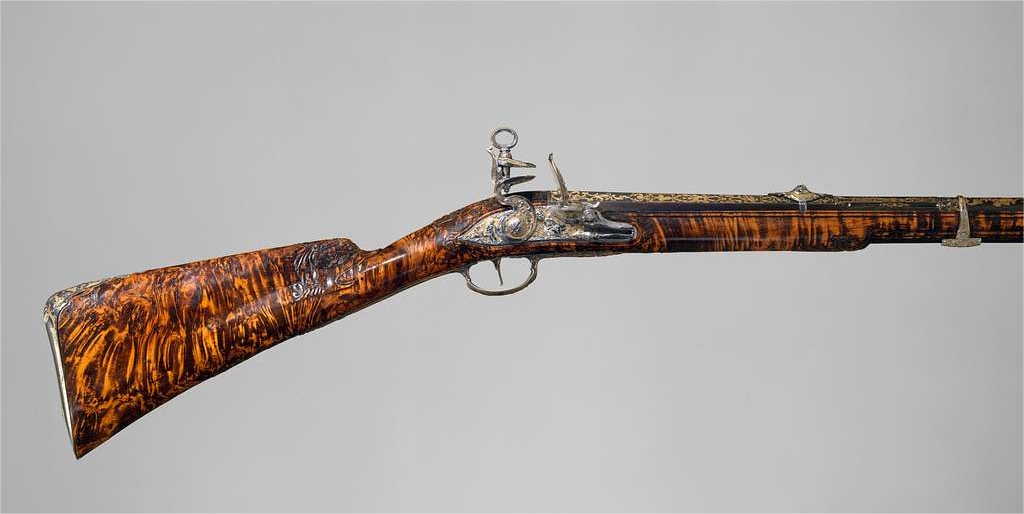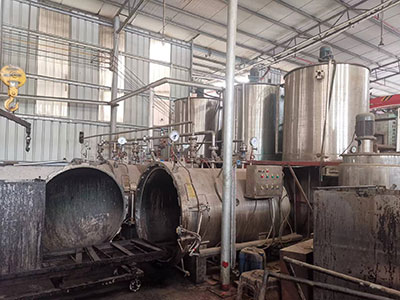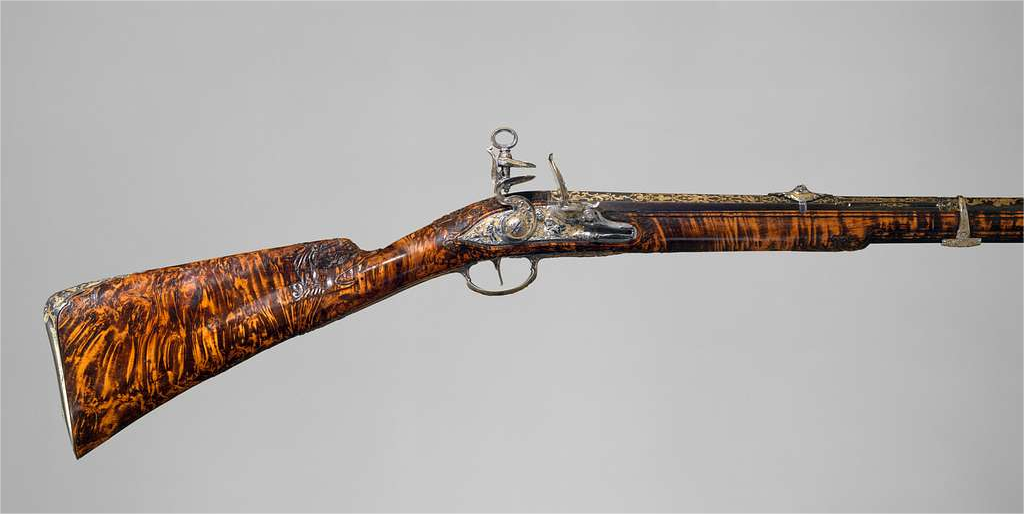When it comes to gun stocks, choosing the right wood is crucial.

The type of wood can significantly impact the appearance, handling, and performance of your firearm.
Among the various options, aspen and birch emerge as popular choices. But which one is better suited for you?
Let’s explore the advantages and disadvantages of each to help you make an informed decision.
The Case for Aspen
Aspen, a hardwood renowned for its strength and resilience, boasts a light color and a straight grain, making it a favorite for gun stocks.
Its stability is a significant advantage, as aspen is less prone to warping or cracking over time, ensuring your firearm maintains its accuracy and functionality. Moreover, aspen’s relative lightness can be beneficial if you expect to carry your weapon for extended periods.
However, aspen has its limitations.
It lacks the figuring and captivating patterns found in the grain of some woods, which may disappoint enthusiasts seeking a more visually striking gun stock. Additionally, aspen’s hardness and density can make it challenging to work with, potentially complicating customization efforts.
Birch: A Viable Alternative
Birch, another hardwood frequently used for gun stocks, shares similarities with aspen in terms of appearance, featuring a light color and straight grain. However, birch stands out due to its figuring, which adds an elegant touch to your firearm. It is also a robust and stable material, guaranteeing durability and accuracy over time.

One of birch’s strong points is its workability. It is easier to shape and finish compared to aspen, making it an attractive choice for those who wish to personalize their gun stock. Birch’s natural resistance to moisture further adds to its appeal by reducing the risk of warping and cracking.
Despite these advantages, birch is not without its drawbacks. It is heavier than aspen, which might be a disadvantage if you prioritize a lighter weapon. Additionally, birch can be costlier, a factor that may influence your decision.
Carpenter Wood: Crafting with Color and Care
When considering the aesthetic and functional aspects of your gun stock, it’s worth noting that Carpenter Wood specializes in through-dyeing wood using environmentally friendly processes.

This innovative approach results in through-dyed veneer, reconstituted veneer, and laminated blanks that can enhance the look of your firearm while maintaining the highest standards of sustainability.
Carpenter Wood’s techniques not only enhance the visual appeal of your gun stock but also ensure that the wood’s natural properties are preserved, providing the same strength and stability you would expect from traditional wood stocks.
This means that whether you choose aspen or birch, you can count on Carpenter Wood to deliver a finished product that is both beautiful and responsibly crafted.
Making the Right Choice
So, which wood is the superior choice for your gun stock: aspen or birch? Ultimately, the decision rests on your personal preferences and the specific requirements of your firearm.
If you’re in the market for a strong, stable, and lightweight gun stock, aspen could be the way to go. Conversely, if aesthetics and ease of customization are more your style, birch might be the better option.
Regardless of the wood you choose, it’s crucial to remember that the quality of craftsmanship is as significant as the type of wood.
Ensure you select a reputable manufacturer or artisan who can deliver a gun stock that aligns with your needs and aesthetic sensibilities.
Conclusion
In conclusion, both aspen and birch are outstanding materials for gun stocks, each with its own distinct set of benefits and limitations. Considering your specific needs and preferences is key to making the right choice.
With the proper selection of wood and a skilled artisan, you can own a gun stock that is both aesthetically pleasing and functional. And with Carpenter Wood’s commitment to quality and environmental responsibility, you can rest assured that your choice will be as sustainable as it is stylish.


